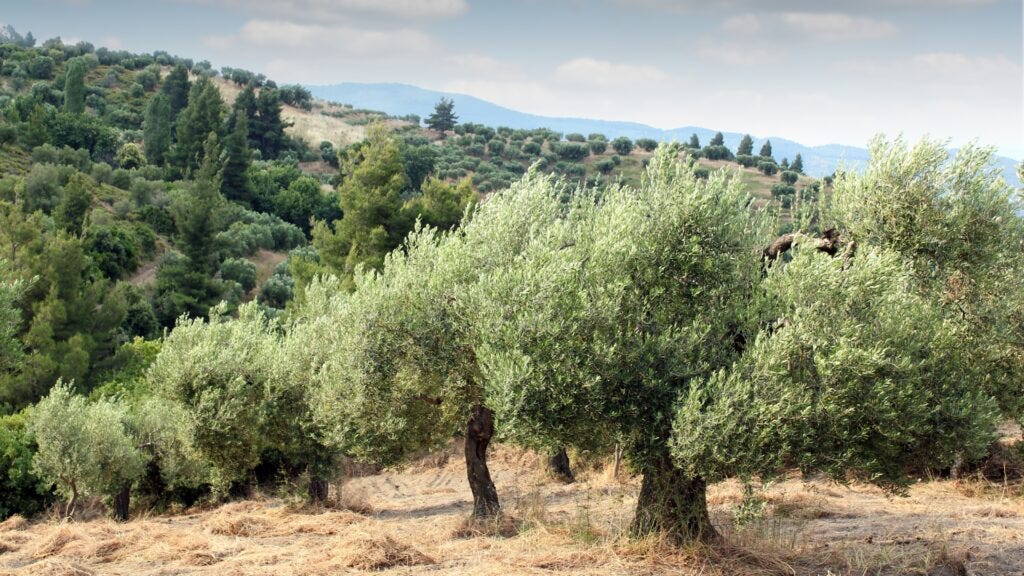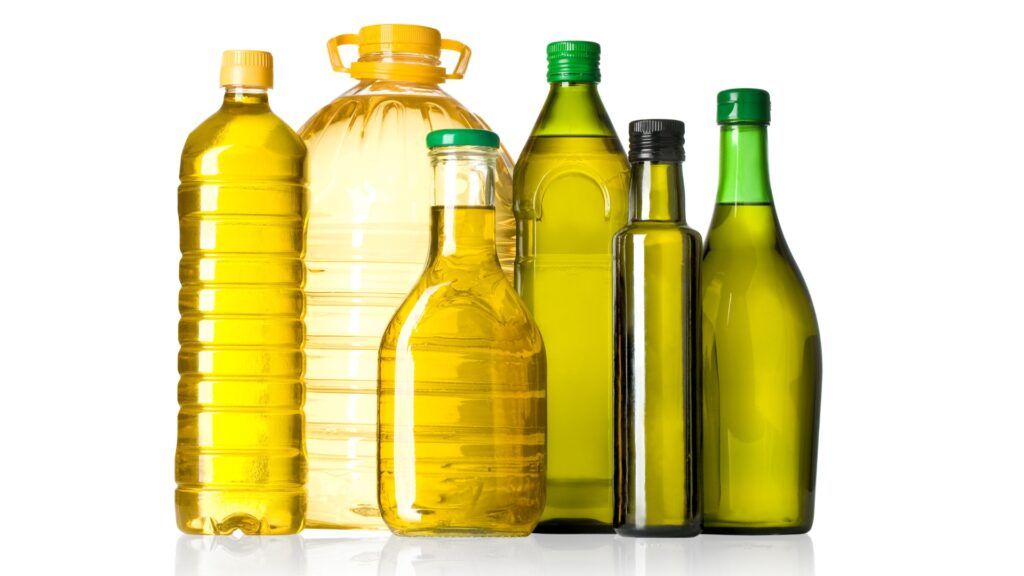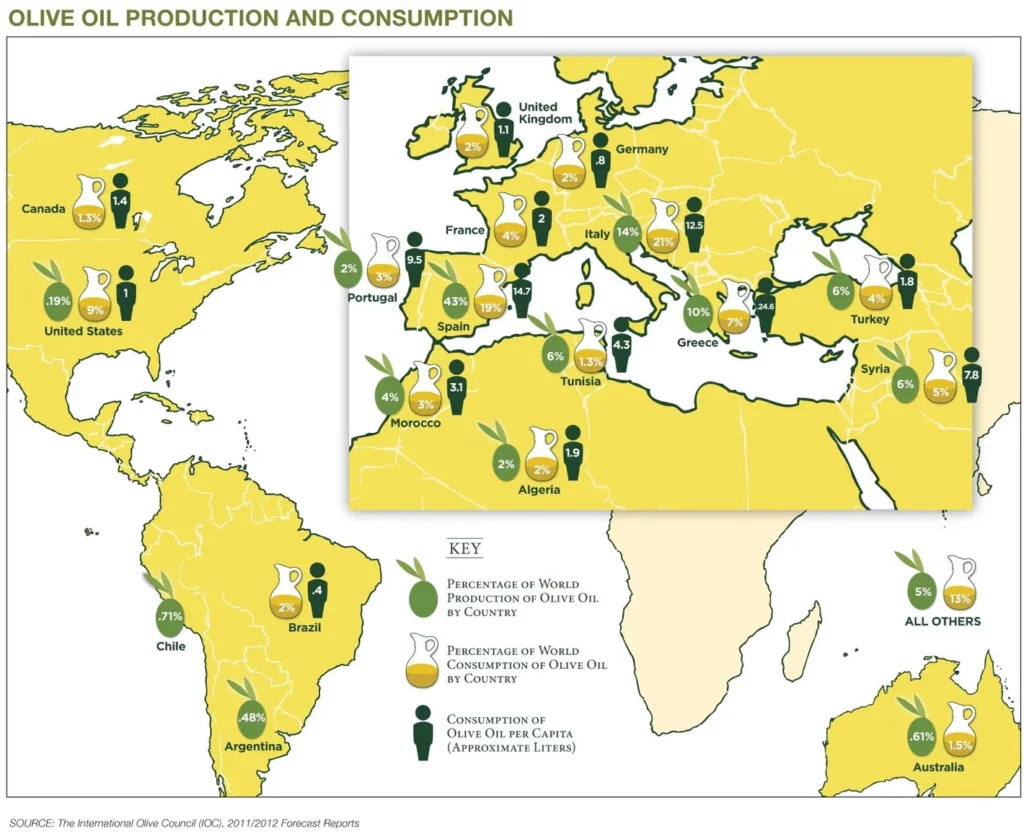Liquid Gold or Liquid Fraud? The Battle for Authentic Extra Virgin Olive Oil
The Hidden Scandal of Extra Virgin Olive Oil—How Fraud is Flooding the Market and What You Can Do About It
Extra virgin olive oil (EVOO) is often celebrated as a culinary and health marvel, prized for its distinctive flavor and numerous health benefits. Whether drizzled over salads, stirred into pasta, or used in Mediterranean cooking—a diet linked to longevity and heart health—EVOO has earned its place in kitchens worldwide. Yet beneath its golden-green sheen lies a troubling reality: many “extra virgin” bottles on store shelves aren’t what they claim to be.
The True Standards of Extra Virgin Olive Oil
Extra virgin olive oil represents the highest grade of olive oil available. To earn this label, producers must extract it from fresh olives using only cold-pressing techniques, without chemicals or high heat. According to the International Olive Council (IOC) and other regulators, genuine EVOO must contain less than 0.8% free acidity and pass strict taste and aroma tests. Sensory experts evaluate extra virgin olive oils for flaws, ensuring it has no musty, rancid, or fusty notes. True EVOO should offer a fruity, bitter, and pungent taste—key indicators of freshness and quality.
Yet fraud runs rampant in the olive oil industry worldwide. Studies have repeatedly shown that many supermarket EVOOs contain inferior oils or fail to meet extra virgin standards. Consumers often pay premium prices for what amounts to fake or compromised products.
The Adulteration Scandal: What’s Really in Your Olive Oil?
The most common EVOO fraud involves mixing premium olive oil with cheaper alternatives like soybean, sunflower, or refined olive oils. These deceptive practices boost profits while betraying consumer trust, reducing health benefits, and compromising quality. Inferior or adulterated olive oil lacks the complex flavor, aroma, and balance that genuine extra virgin olive oil delivers, ultimately diminishing the taste and authenticity of your dishes.
A landmark University of California, Davis Olive Center study exposed widespread olive oil fraud in the U.S. market. After testing 52 olive oil samples from major retailers, researchers discovered that 69% of imported extra virgin olive oil (EVOO) and 10% of California-produced EVOO failed to meet IOC and USDA standards, either through failed taste tests or high levels of acidity and oxidation.
Further investigations by the FDA, European authorities, and independent researchers have since confirmed this widespread deception in the olive oil industry, revealing that many bottles labeled “extra virgin” contain minimal or no actual EVOO.
Why EVOO Deception Persists: The Economics Behind the Deception
Extra virgin olive oil fraud isn’t simply a matter of mislabeling—it’s a multi-billion dollar industry problem fueled by profit motives, complex global supply chains, and weak regulatory oversight. Understanding these market dynamics helps explain why consumers must be diligent when buying “extra virgin” olive oil.
The high production cost of authentic EVOO is a primary driver of this fraud. Creating genuine extra virgin olive oil demands precise timing and meticulous handling—farmers must harvest olives at peak ripeness and process them immediately to prevent oxidation. While this traditional cold-pressing method preserves the oil’s flavor and nutritional benefits, it yields less oil than industrial high-heat extraction. In Italy, producing one liter of EVOO costs approximately €6.00, while a liter of sunflower oil costs as little as €0.42. This dramatic cost difference tempts dishonest producers to cut EVOO with cheaper seed oils to boost their profits.
The soaring demand and limited supply of extra virgin olive oil have created a perfect storm in the market. As more people embrace the Mediterranean diet and prioritize healthy eating, EVOO has become increasingly popular in high-end restaurants, specialty food brands, and home kitchens. However, severe climate challenges have drastically reduced production in major olive-growing regions. Spain, which leads global olive oil production, has seen its olive crop plummet by 50% due to extended drought, causing olive oil prices to double. This growing gap between supply and demand creates strong incentives for producers to commit fraud by diluting their limited oil supplies.
Weak industry regulation and oversight make this situation even more problematic. While organizations like the International Olive Council (IOC) and USDA have established standards, enforcement remains inconsistent. The European Union maintains strict regulations and mandatory quality checks for olive oils, but many other countries lack similar oversight. In the United States, the absence of required federal testing means fraudulent products often go undetected. Many retailers also fail to regularly test their EVOO inventory, allowing substandard products to remain available to consumers.
The complexity of the olive oil supply chain further complicates fraud detection. The production process typically involves multiple intermediaries, making it difficult to track authenticity. Olives might be grown in one country, pressed in another, and bottled in a third. Companies frequently blend oils from various sources, obscuring their true origins and quality levels. With potential fraud occurring at every stage, from farm to distributor, consumers have no reliable way to verify authentic EVOO without strong regulatory oversight.
Perhaps the most significant driver of EVOO fraud is the massive financial incentive for deception. True extra virgin olive oil requires expensive production methods, while fraudsters can produce adulterated versions for pennies on the dollar while still commanding premium prices. The trade has become so profitable that organized crime groups have entered the business.
Fraudulent EVOO thrives because the market rewards deception. High demand, limited supply, weak regulations, and a complex supply chain create perfect conditions for widespread fraud. This deception will continue until regulators implement stricter enforcement and consumers demand greater transparency. These challenges highlight why learning to identify authentic EVOO, supporting honest producers, and pushing for stronger consumer protection laws is crucial for preserving the industry’s integrity and extra virgin olive oil’s health benefits.
Based on the 2022 market valuation of USD 22.3 billion, fraudulent olive oil could account for approximately USD 4.46 billion worth of adulterated or mislabeled products, assuming fraud impacts about 20% of the global market. While this figure fluctuates with regional differences, regulatory changes, and market conditions, it represents a massive fraudulent industry nonetheless.
How to Protect Yourself: Tips for Buying Genuine EVOO
To ensure you’re buying authentic extra virgin olive oil, follow these expert-supported strategies:
✅ Buy from Reputable Sources: Choose trusted brands, specialty stores, or direct producers who are transparent about their methods. The North American Olive Oil Association maintains a list of certified pure and authentic olive oils, which can help consumers make informed choices.
✅ Look for Certification Seals: Check for certifications from trusted organizations like the International Olive Council (IOC), USDA Organic, California Olive Oil Council (COOC), or European Union PDO/PGI labels. These seals ensure the oil meets strict quality standards.
✅ Check the Packaging: Choose EVOO in dark glass bottles or tin containers that protect it from light damage. Avoid clear plastic bottles since they allow light to degrade the oil quickly.
✅ Read Labels Carefully: Authentic extra virgin olive oil labels show the harvest date, country of origin, and specific olive varieties. Be wary of vague terms like “Bottled in Italy” without origin details – this often indicates blended oils from multiple unknown sources. This doesn’t necessarily mean it’s fraudulent, but it leaves a lot of room for it to be.
✅ Trust Your Senses: Genuine EVOO has a fresh, fruity, grassy aroma and delivers a peppery, slightly bitter taste—both indicators of high antioxidant content. If the oil appears unusually pale or has an artificial neon-green hue it may be adulterated. Likewise, if it tastes bland, greasy, or rancid, you’re likely dealing with a fake or low-quality product.
A Battle for Authenticity
Extra virgin olive oil’s value lies in its purity, complex flavor, and powerful health benefits. Its rich polyphenols and antioxidants have been linked to reduced inflammation, improved heart health, and enhanced longevity—benefits that are diminished or absent in fraudulent products. However, rampant fraud and misleading labels continue to erode consumer confidence, allowing inferior products to infiltrate the market. This deception not only cheats consumers financially but potentially deprives them of the very health benefits they seek. True EVOO is more than just an ingredient—it symbolizes craftsmanship, tradition, and nutrition, representing centuries of Mediterranean cultural heritage and agricultural expertise. Yet, without proper oversight, these qualities are at risk. The future of authentic extra virgin olive oil depends on strengthened international regulations, improved testing protocols, and, most importantly, educated consumers who understand its value and demand transparency from producers and retailers. Only through these combined efforts can we preserve the integrity of one of the world’s most celebrated culinary treasures.








